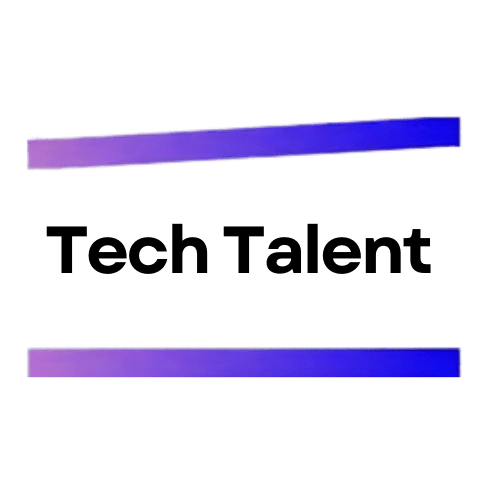Software maintenance is a critical aspect of the software development lifecycle that often gets overlooked. While the excitement of launching a new product can be all-consuming, the real work begins after deployment. In this article, we’ll explore the intricacies of software maintenance, its types, and best practices for transitioning from development to maintenance phases.
According to industry experts, maintenance typically consumes an average of 60% of overall software costs. This statistic alone underscores the significance of post-development care. Let’s delve deeper into why software maintenance is crucial and how it can be effectively managed.
Defining Software Maintenance: More Than Just Bug Fixes
Software maintenance is a comprehensive management process within the Software Development Life Cycle (SDLC). Its primary objective is to resolve issues and enhance system performance by modifying and updating software applications post-deployment. However, it’s not confined to the post-development stage; it’s an ongoing process that begins during development and continues throughout the software’s lifecycle.
Maintenance activities include error correction, removal of obsolete features, and implementation of advanced development methodologies. It’s about ensuring that the software remains secure, scalable, and relevant in a rapidly evolving technological landscape. Without continuous maintenance, even the most innovative software can become obsolete before it reaches its full potential.
The Four Pillars of Software Maintenance
Software maintenance can be categorized into four distinct types, each addressing different needs and objectives:
- Corrective Maintenance: This involves keeping the application operational by fixing bugs and errors identified by end-users. It’s the most visible form of maintenance and often the most urgent.
- Adaptive Maintenance: As the technological environment evolves, software must adapt. This type of maintenance addresses changes in hardware, operating systems, or infrastructure to ensure compatibility and optimal performance.
- Perfective Maintenance: This evolutionary maintenance responds to user feedback and requests for new features. It also includes removing redundant functionalities to streamline the software.
- Preventive Maintenance: Like applying a bandage before a wound occurs, preventive maintenance involves making proactive, incremental changes to extend the software’s lifespan and prevent future issues.
Understanding these maintenance types allows development teams to create a comprehensive strategy for long-term software health and relevance.
Transitioning from Development to Maintenance: A Delicate Balance
The shift from development to maintenance is a critical juncture that requires careful planning and execution. Here are some best practices to ensure a smooth transition:
- Appoint Strong Team Leaders: Designate key individuals from both development and maintenance teams to facilitate communication and decision-making.
- Prepare a Transition Budget: Allocate resources specifically for the transition phase, recognizing it as a crucial part of the project lifecycle.
- Start Early: Involve maintenance teams during the development phase to familiarize them with the project and its nuances.
- Prioritize Communication: Ensure that maintenance teams understand the rationale behind development decisions and priorities.
- Document Extensively: Create comprehensive documentation covering all aspects of the software, from overview to technical details.
By following these practices, organizations can mitigate risks and ensure a seamless transition from development to maintenance.
The Art of Knowledge Transfer
While documentation is crucial, it’s not sufficient for effective knowledge transfer. The challenge lies in sharing expertise across existing and future teams while respecting each team’s unique knowledge base. To facilitate this:
- Allow for overlap between development and maintenance teams
- Clearly define the duration and scope of the transition period
- Conduct post-implementation reviews to capture lessons learned
- Establish best practices based on each transition experience
Remember, knowledge transfer is an ongoing process that requires patience, clear communication, and a willingness to learn from each project’s unique challenges.
Embracing Continuous Improvement in Software Maintenance
As the software industry evolves, so too must our approach to maintenance. Embracing agile methodologies, DevOps practices, and continuous integration/continuous deployment (CI/CD) pipelines can significantly enhance the efficiency of software maintenance.
Moreover, leveraging artificial intelligence and machine learning for predictive maintenance can help teams anticipate issues before they occur, reducing downtime and improving user satisfaction. By viewing maintenance as an opportunity for innovation rather than a necessary evil, organizations can turn it into a competitive advantage.
The Key to Long-Term Software Success
Software maintenance is not just an afterthought; it’s a critical component of the software lifecycle that deserves as much attention as the initial development phase. By understanding its importance, implementing best practices, and fostering a culture of continuous improvement, organizations can ensure their software remains relevant, efficient, and valuable long after its initial release.
Remember, the end of development is just the beginning of a software’s journey. With proper maintenance, that journey can be long, successful, and filled with opportunities for growth and innovation.

Explore TechTalent: Elevate Your Tech Career
Ready to take your interactive walkthrough skills to the next level?
TechTalent offers opportunities to certify your skills, connect with global tech professionals, and explore interactive design and development.
Join today and be part of shaping the future of interactive walkthroughs!
